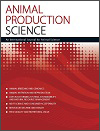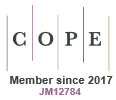AN23349Improving the market for household livestock production to alleviate food insecurity in the Philippines
 , Ni Putu Wulan Purnama Sari
, Ni Putu Wulan Purnama Sari  , Adrino Mazenda
, Adrino Mazenda  , Minh-Hoang Nguyen
, Minh-Hoang Nguyen  and Quan-Hoang Vuong
and Quan-Hoang Vuong 
We found that the challenges faced in production and selling processes substantially positively affect the likelihood of food insecurity likelihood among livestock smallholders in the Philippines. Nevertheless, the impact of these challenges depends on the degree of food insecurity. The market plays a crucial role in facilitating not only livestock trading but also livestock production (e.g. purchase of feed and medicines). Market mechanisms can be used to alleviate food insecurity among livestock smallholders.




